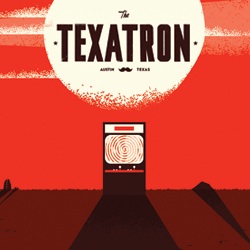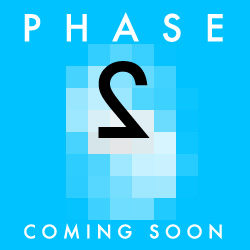INSIDE LA GAME SPACE: THE KEYBOARD KINETICS OF STEVE SWINK’S INPUTTING
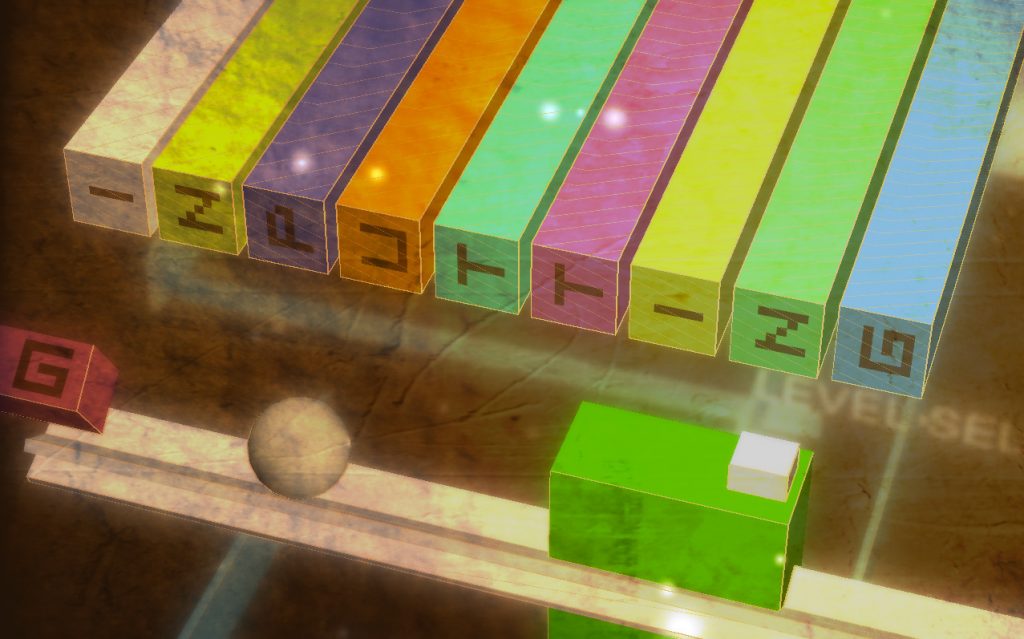
Part of the main attraction of LA Game Space’s recently-launched Kickstarter campaign is that enticing entry level donation which nets you some thirty new experimental games from a massive lineup of excellent indie names, but to date, they’ve been just that: a list of names.
To start remedying that, then, we present the first look at one of the games included in the bunch, Steve Swink‘s Inputting. Long-time readers around these parts might recognize Swink’s name from his earlier work as part of indie-group Flashbang, where he helmed games like Time Donkey, as well as later revelations like the unfortunately still-iced Shadow Physics.
You may have heard it said in design discussions that the best controls in games are those you don’t notice at all, that, ideally, designers strive to eliminate the conscious thought of manipulating an input device to create fluid in-game output, but, with Inputting, Swink’s flipped that on its head.
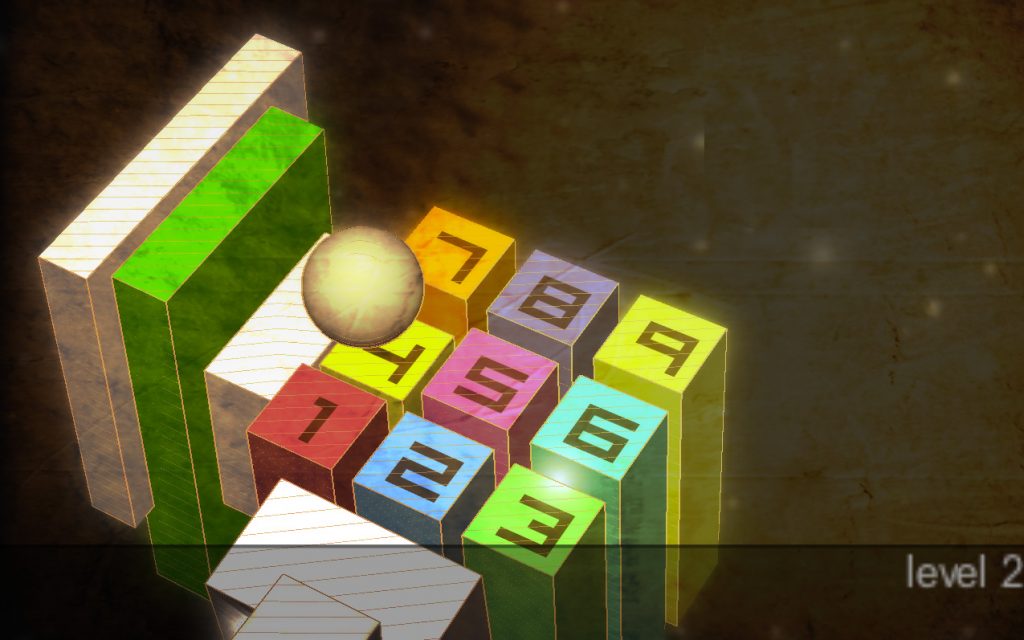
Somewhere in between the finger-twisting of Foddy’s GIRP blended with the primitive shape ambience of Cactus’s Tuning, Inputting is, put simply, a game about your keyboard — a collection of challenges that make you play directly with the device so ubiquitous that it’s basically entirely faded from your frontal lobes.
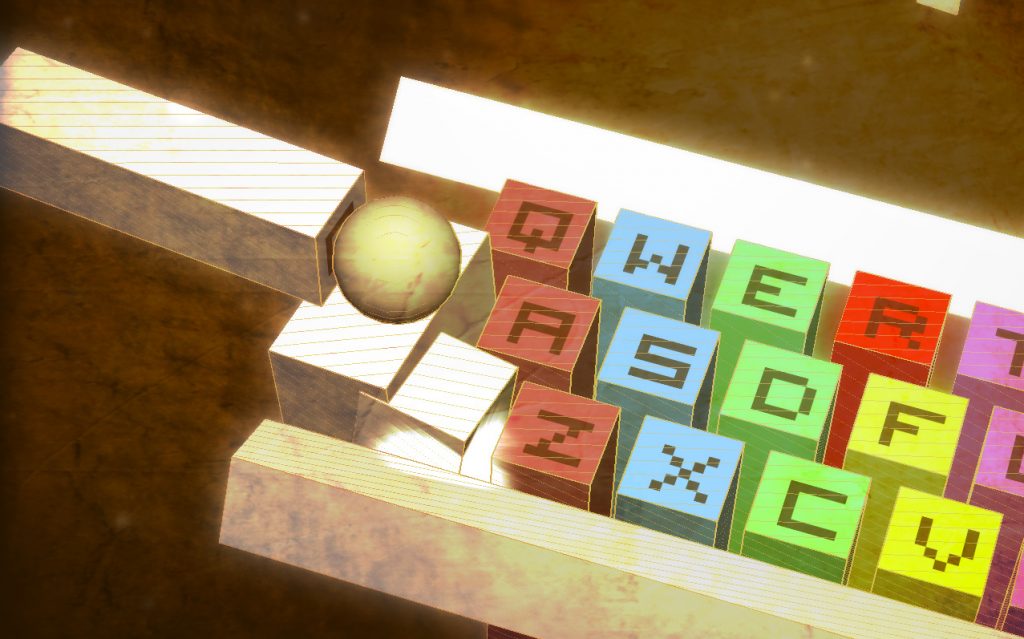
Even in its current early-alpha state, it’s a mix of wildly creative ideas, from basic wood-block labyrinths, to third person scrollers, to first person platforming that gives you pause about why you’ve been so comfortable with ‘WASD’ this entire time.
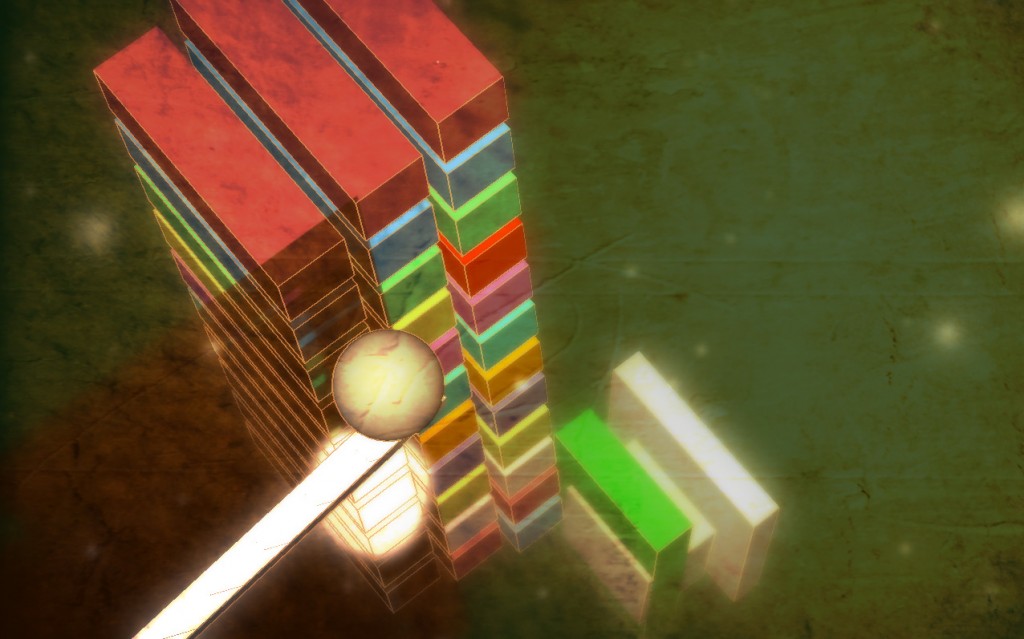
If all of the games from the LA Game Space campaign maintain this level of curiosity & intrigue (& we’ll hopefully be able to bring you longer looks at more of its lineup, as it continues), it might prove to have been one of art/game’s best bundles of the past several years — head over to the Kickstarter to make a contribution and ensure that you’re in on the ground floor.
See more posts about: Inputting, LA Game Space, Steve Swink
LIGHT COMMAND: STEVE SWINK, SCOTT ANDERSON’S EXPERIMENTAL SHADOW PHYSICS PROTOTYPE
After stepping through the mind-melting time-warps of GDC’s Experimental Gameplay darling Achron and Flashbang’s similarly looped Time Donkey prototype, you might be ready to get your head around the latest Experimental Gameplay entry to be publicly revealed.
Also in development by Time Donkey designer Steve Swink and Scott Anderson — and playing somewhat like Tyler Glaiel’s Closure in reverse — Shadow Physics sees you controlling a character locked on a flat 2D shadow plane while you simultaneously manipulate a light source to cast shadow platforms necessary to proceed.
As you can hear in the video, the demo’s a rough cut with ideas still not implemented, including variable light brightness that can wash out shadows in certain areas to create gaps in platforms, and colored lights for colored shadows, each with unique properties.
This early on there’s no set date or target platform, but Anderson says the game will be in development for at least another year.
Experimental game: Shadow Physics [YouTube, via Chroma Coders]
See more posts about: Offworld Originals, Steve Swink





